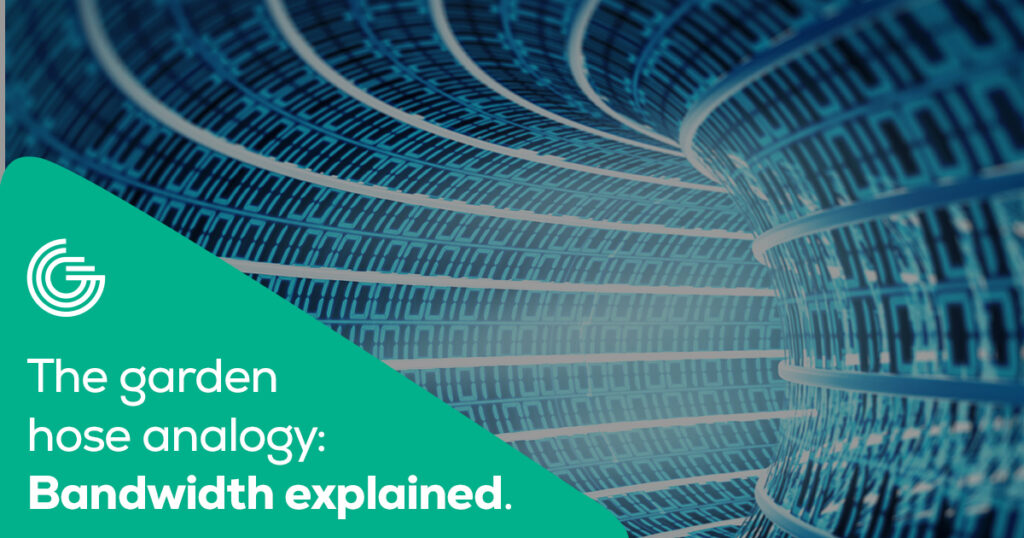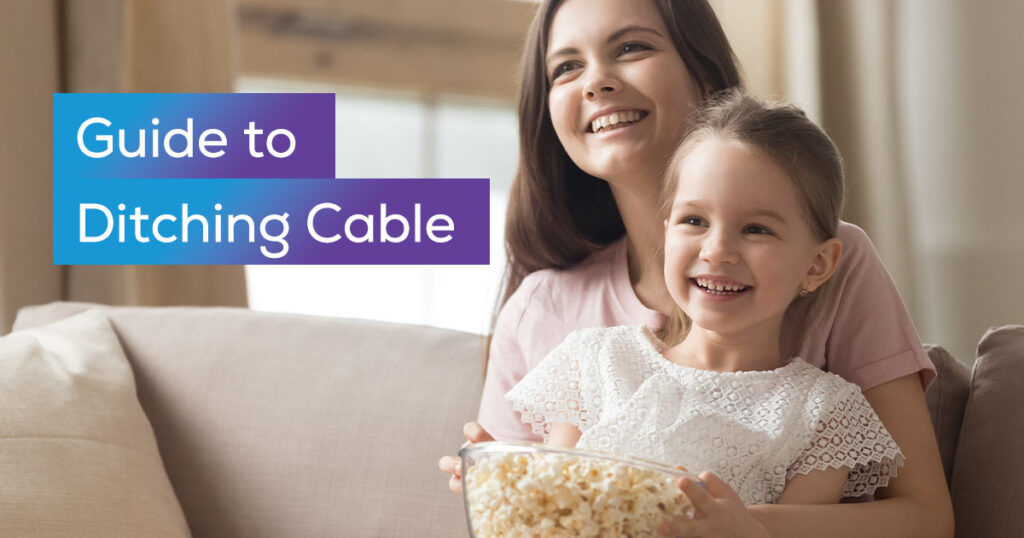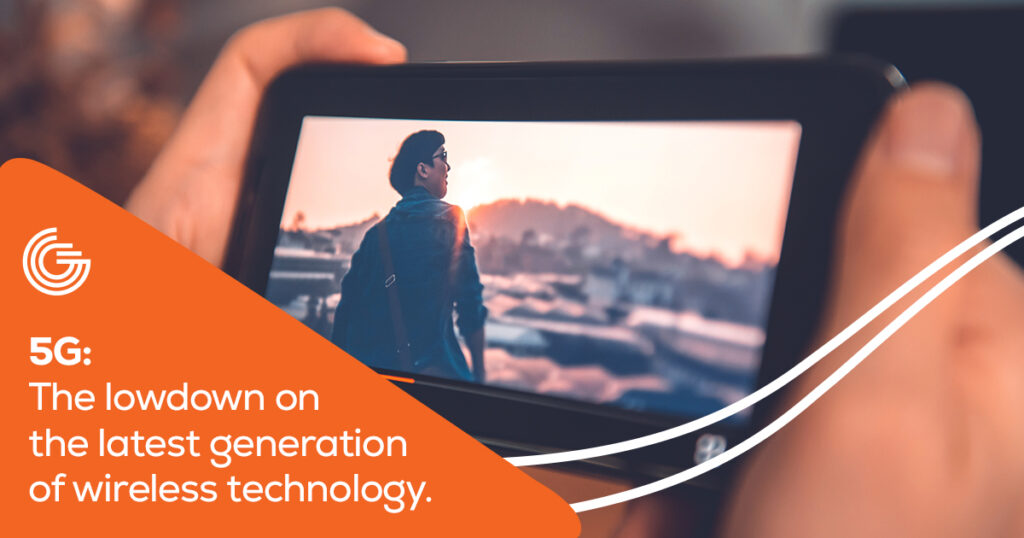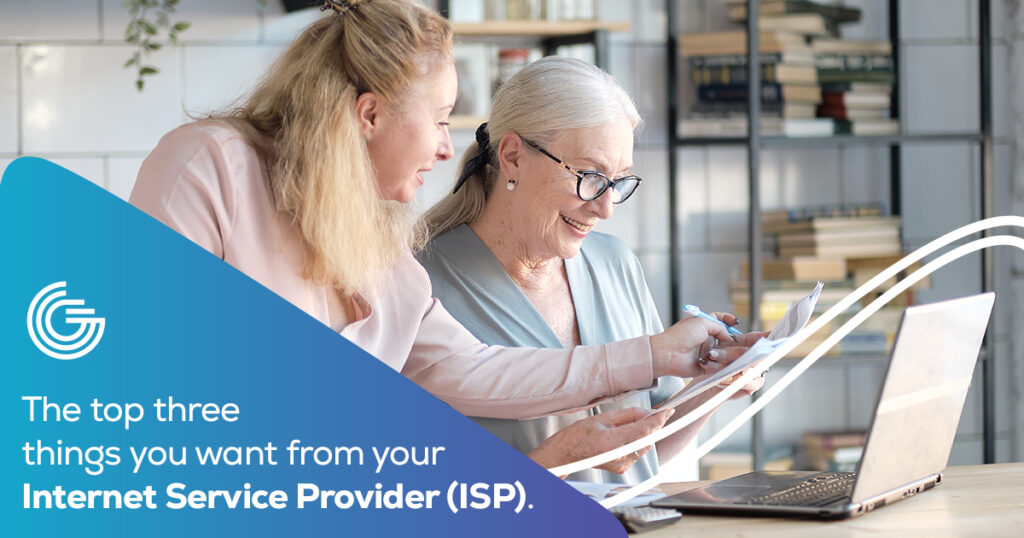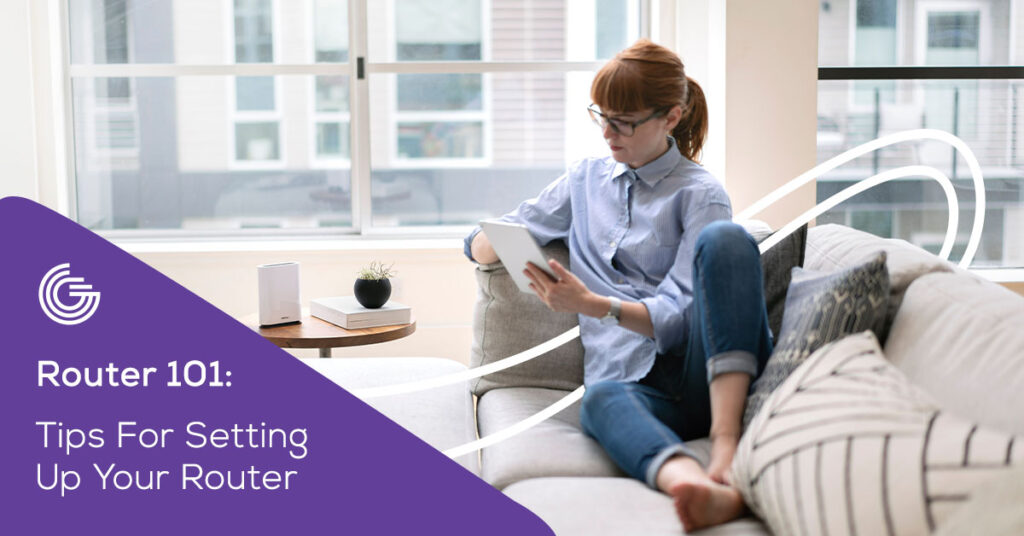How to Manage Your Online Subscriptions

Save money by paying for what you’re watching with these helpful tips & tricks
The streaming revolution has utterly changed television viewing forever. With streaming services, not only are you untied from the tyranny of programming packages stuffed with channels you’ll never watch, but you can also choose when and where to view your favorite movies and shows – widescreen plasma, your laptop, or on your smartphone (which for most of us, is always within reach).
Streaming has created an interesting dilemma: There’s an embarrassing amount of content available. From the big names like Prime, Hulu, and Netflix to niche programmers like Motor Trend on Demand for car enthusiasts and BritBox for Anglophiles.
On average, Americans who use streaming services use five services at one time, according to a 2021 survey conducted by Verizon and Publicis Media. Surprisingly, those who still have cable TV subscribe to even more – seven on average!
Almost half of the respondents (48%) say they are worried about how much money they spend on streaming services every month. Which may explain why about half of streaming service customers share their login information to keep costs down.
But there are better ways to manage your subscriptions. Here are some smart options:
Take An Inventory
Beware of subscription billing. Whether it’s for an app you used once or a streaming service you signed up for to binge-watch a series you heard everyone raving out, those little charges can add up. A smart strategy is to use the same credit card for all your streaming services so you can keep all your services in one place, to keep track of how much you’re paying in total every month. Be ready to pull the virtual plug on any services you’re not watching on a regular basis.
Get an App Assistant
You don’t have to do the dirty work of canceling. Some apps (Truebill, Trim, Mint, Track My Subs, and many more) will alert you to recurring bills like subscriptions. Not only do they remind you of your recurring payments, some can also help cancel the subscription for you. But be careful; in an ironic twist, some of these cost-saving apps charge a monthly fee.
You are in Control
Consumers who may be used to the take-it-or-leave-it attitude of big cable providers, must remember, streaming companies need to earn your attention every month. If you, the viewer, grow bored with what you’re paying for, you can vote with your pocketbook. Simply hit cancel!
Many people keep holding on to streaming services because they think they’ll have something better to watch tomorrow. That’s fine. But if you are going months without tuning back into that streaming service you subscribed to, make sure you are canceling it.
Rotate and Resubscribe
One savvy strategy you can use to keep monthly streaming bills in check is to keep your streaming diet to just a few services a month. Binge on the movies and series you really want to watch, and then cancel and move on to the next one. Keep your must-haves in a permanent collection but keep those services that might have one or two good shows at any given time on a steady rotation.
The Real Cost of Free Trials
We all have terrible memories when it comes to what we subscribed to and when. That’s what makes free trials so insidious. Most of them will charge you when that free trial period is over (when most of us have forgotten that we’re even signed up for it). So, make yourself a promise right now: The next time you sign up for a free trial, whether it’s an app or a streaming service, tell your Siri, Google Nest smart speaker, or your favorite calendar app to remind you to cancel it on the last day of the trial.
Don’t Pay Twice
Know what’s worse than a rerun? Paying for a service you already get for free. Many cell phone providers now also offer a complimentary subscription to a streaming service as part of your monthly bill. Is the streaming service one that you’re also already paying for? Then be sure to cancel your standalone version.
No matter what subscriptions you end up choosing, your Internet connection is the key to a great streaming experience. You’ll need ample bandwidth, symmetrical speeds, and a service without data caps and throttling. At GoNetspeed, we’ve got you covered.
Check your address or get in touch with our super-friendly Customer Service team, 855-891-7291, to get started today.



